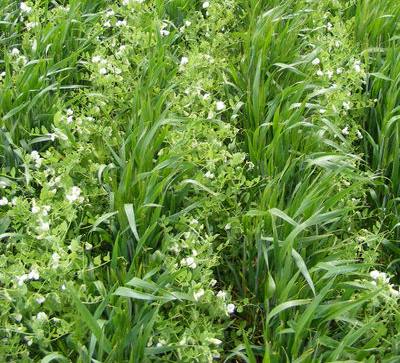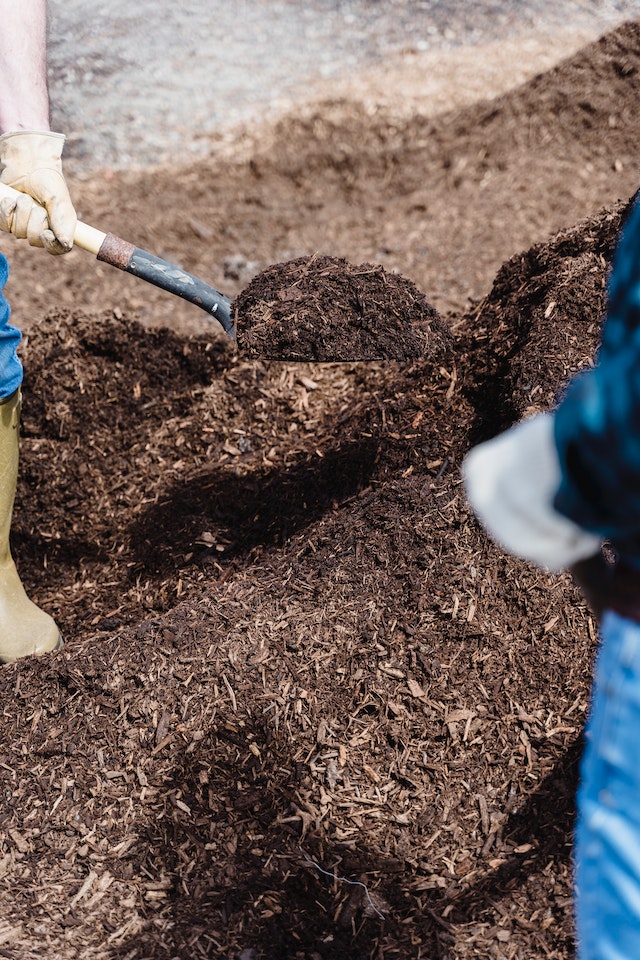From the report “Agroecological practices for sustainable agriculture. A review“, of , published at Agronomy for Sustainable Development (Springer publications)
In 2050 is forecasted 9.1 billion population, so, an additional two billion people that will require an increase in food production. There is thus an active debate on new farming practices that could produce more food in a sustainable way.
The authors list in the report agroecological cropping practices in temperate areas, classifying practices according to efficiency, substitution, and redesign. They analyse their advantages and drawbacks with emphasis on diversification, and evaluate the potential use of the practices for future agriculture.
The major conclusions are:
1+ To distinguish 15 categories of agroecological practices (7 practices involve increasing efficiency or substitution, and 8 practices need a redesign often based on diversification).
2+ The following agroecological practices are so far poorly integrated in actual agriculture, and have only a moderate potential to be broadly implemented in the next decade:

- biofertilisers
- natural pesticides
- crop choice and rotations
- intercropping and relay intercropping
- agroforestry with timber, fruit, or nut trees
- allelopathic plants
- direct seeding into living cover crops or mulch
- integration of semi-natural landscape elements at field and farm or their management at landscape scale.
3+ By contrast, the following practices are already well integrated:
- organic fertilisation
- split fertilisation
- reduced tillage
- drip irrigation
- biological pest control
- cultivar choice
Commercial: obtain bioestimulants

